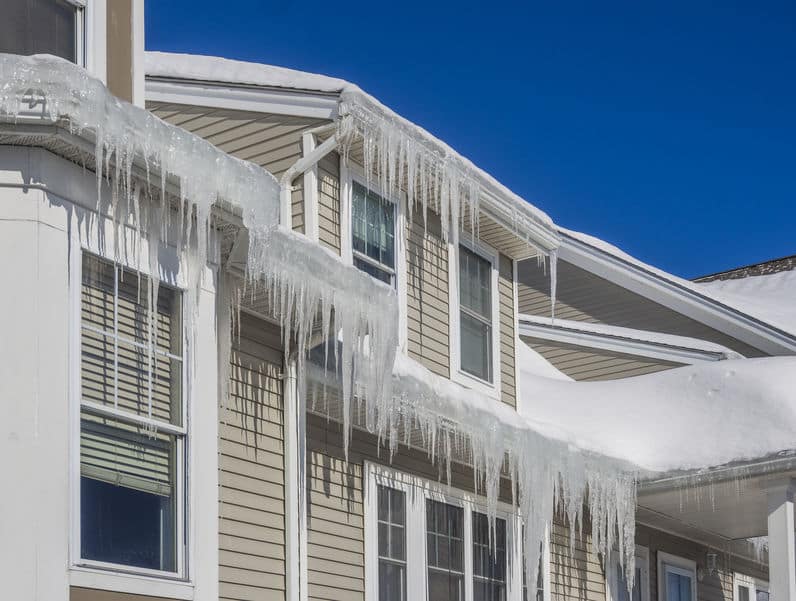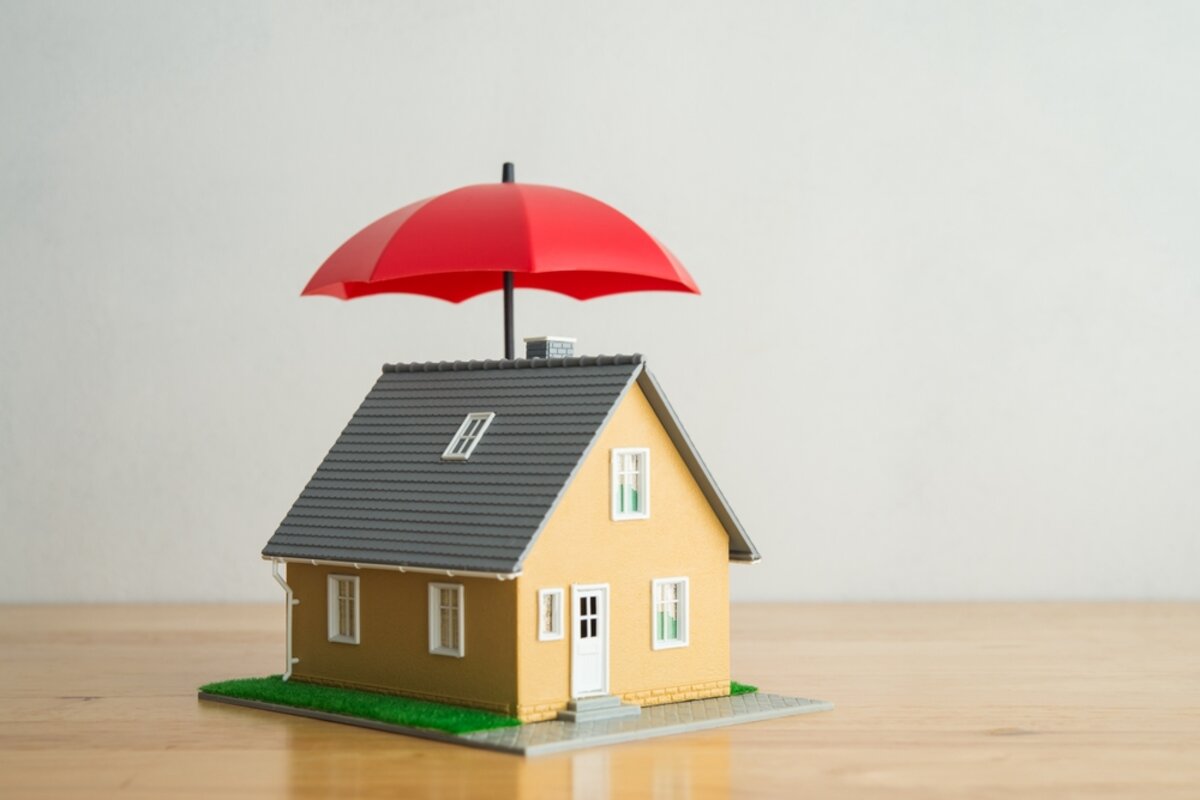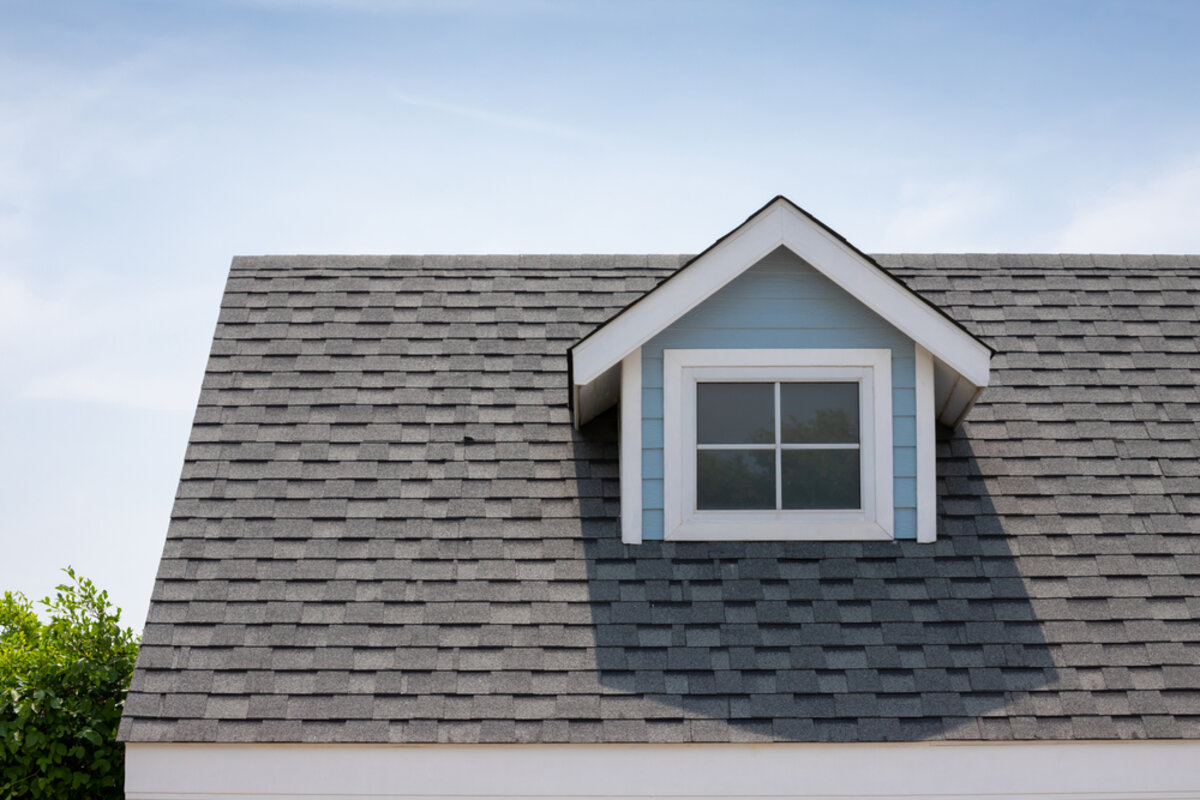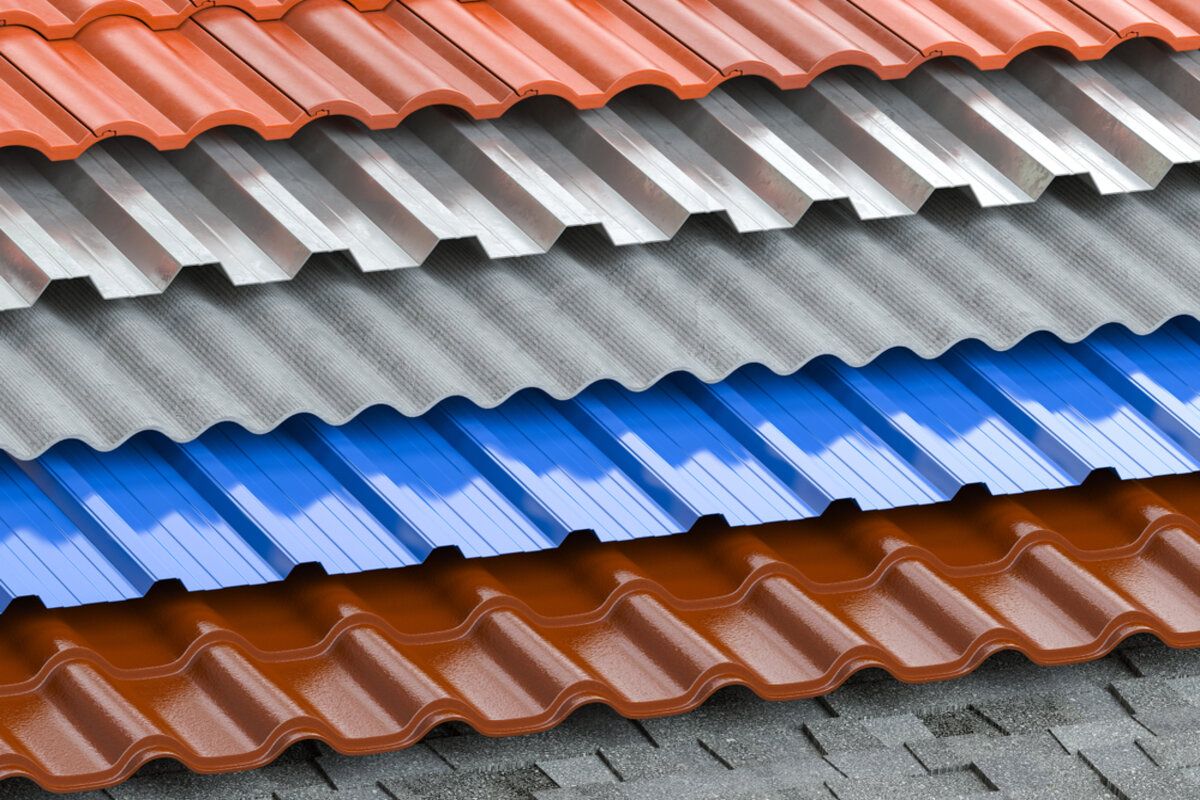Ice and snow are such a challenge in Minnesota that the University of Minnesota teaches an extension course about ice dams and how to prevent damage to your home from their formation. At Perfect Exteriors of Minnesota, we have been dealing with ice dams since we started in 2002. We install roofing, gutters, and siding and know full well about the challenges of ice dams.
What are Ice Dams?
Ice dams are blocks of ice that build up along the edge of a roof. Ice may even fill up the gutters, as well. This ice formation may block any melting snow water from properly running off the roof. The water is held back above the ice on the roof, which gives the water more of an opportunity to run down into the home through roof leaks.
How do Ice Dams Form?
An ice dam may form when there is the right combination of snow on the roof along with fluctuating outside temperatures and differing roof temperatures. We already know this much: it has to be below 32°F outside for ice to form, and it has to be above 32°F for snow or ice to melt.
The roof’s temperature, in different places on the roof, may differ from the outside temperature if the roof already has ice on it. Outside, it may be above 32°F. The upper portion of the roof may have snow or ice melting. However, if the roof already has ice on it, the lower part of the roof may be colder than 32°F because of the cooling from the ice already on it.
Here is an example of the process that commonly forms an ice dam: if snow covers a roof during the daytime and the outside temperature is above 32°F, some snow may melt. As night approaches, the temperature may drop below 32°F. When that happens, the water turns into ice and the ice may collect at the roof’s edge and in the gutters.
This ice builds up over time if the temperature at the roof edge stays less than 32°F. The next morning, there is an ice dam on the roof. The sun warms the upper portion of the roof above 32°F, which melts the snow on the roof, and that water may be trapped on the roof.
What Damage Can Be Caused by Ice Dams?
Ice dams become more of a problem when the winter thaw begins. If the outside temperature gets above 32°F and then goes below 32°F, this increases the problem. If the melting water on the roof can find a way into the home through tiny cracks, it can run down into walls, ceilings, and light fixtures.
Water damage in the roof soffit area and in the walls may not be visible until it gets there is extreme damage. The soffit is the area under the roof edge that connects the roof to the walls. If moisture collects in these areas, it can make the perfect place for mold to grow.
How to Prevent Problems Caused by Ice Dams
Managing heat loss from a home is part of the solution to help prevent ice dams. Heat that escapes through the roof around ventilation pipes, chimneys, poorly insulated roofs cause snow on the roof to melt, even when the outside temperature is below 32°F.
Insulation in the attic should provide an effective air barrier so that no warm air enters the attic from the house below. Installing a waterproof membrane on the outside roof, below the roofing materials, blocks any water from penetrating into the home.
Contact Us Today
If you already have water leaking into the home caused by an ice dam or storm damage, or if you want to avoid this problem in the future, call 763-271-8700, or use the online service request form.
You can also request a quote for our residential roofing services that include roof maintenance, gutter replacement, and any of your needs for asphalt, cedar shake, or metal roofing installation.








